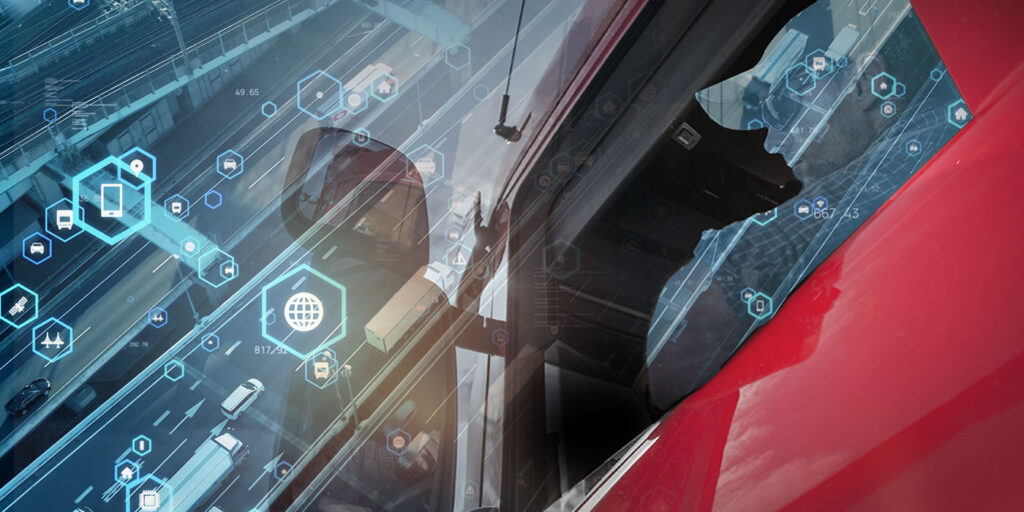The supply chain crisis continues to rage on with experts anticipating issues to last into 2023. These challenges have been exacerbated by a record shortage of 80,000 drivers, as reported by the American Trucking Association. With cargo left at ports with no drivers to transport them, industry experts and government officials are searching for ways to get these containers moved and drivers back in trucks.
However, the truck driver shortage should not come as a shock. Driver turnover has been a growing issue with many leaving in search for better positions. Even as companies offer greater incentives and pay during this time, drivers are uninterested in returning to an industry struggling to address their concerns.
The truth is the life of a truck driver is not easy. They endure long hours, time away from family, as well as mental and physical stress—factors that can all contribute to driver fatigue and increased risks of crashes. In fact, vehicle crashes are the leading cause of work-related deaths in the U.S., with the highest share (38%) being within the transportation industry. The CDC has found one in three truck drivers experience a serious crash during their career.
Until autonomous vehicles gain widespread adoption, we can expect driver shortages to continue to impact the industry. What can fleet owners do now to reprioritize driver care and safety and attract more drivers to fill open positions? A surprising answer is telematics.
Improving driver safety with telematics
At the Fleet Safety Experience conference, panelists from a session on promoting driver care agreed on the power of fleet telematics to transform safety, improve driver retention and create better driver experiences. After monitoring 60 companies utilizing fleet telematics for the past five years, Marsh Risk Consulting found telematics and other visibility solutions incredibly effective at reducing accidents. Marsh found that companies that have dash cams in their vehicles have a 52% lower collision frequency rate compared with those that don’t. Fleets that install both forward-facing and driver-facing cameras saw even better results, with 21% lower collision frequency compared with fleets that use only a forward-facing camera. While safety is the highest priority, the data also shows that in fleets with dash cams installed, 50% fewer accident claims go to litigation and average awards are $2,000 lower.
Messaging the benefits of telematics to drivers
Messaging to drivers is critical in mitigating negative perceptions and successfully and smoothly implementing fleet telematics. Companies must make it clear these systems exist first and foremost to protect their drivers. Providing drivers with real life examples of incidents where these systems have saved lives and prevented incidents can make these warnings more readily acceptable.
For example, there are Advanced Driver Assistance Systems (ADAS) that include smart dash cams with AI-enabled, in-cab alerts on speeding, lane drifting and other potentially risky driving events. At Fleet Safety Experience, Michael Renforth, vice president of safety, health and environment for Dickinson Fleet Services, described how a camera-based ADAS system woke up a pickup driver who had fallen asleep at the wheel and helped him avoid a head-on collision at 70 miles per hour.
Companies should also frame telematics as a tool to make drivers’ lives easier. The technology allows drivers to reach their destination quicker, which is a critical consideration to drivers being paid by the mile. Additionally, telematics technology can digitize paperwork and provide diagnostic data to improve vehicle maintenance, reducing driver frustration and downtime.
Using data to reward safe drivers
Rather than using fleet telematics data to punish drivers for risky behavior, fleet operators should consider it as an opportunity to reward safe driving. Nobody likes a manager that constantly offers negative feedback and corrections. Switching the focus to rewarding drivers when they maintained the speed limit, did not use their phones or eat while driving, or maintained awareness of other drivers, makes drivers feel more valued. Once drivers engage with the technology, they develop an affinity for it and when it’s not available or working in vehicles, they can feel uncomfortable.
Additionally, building a gamified system of points and badges with rewards such as gift cards or time off makes drivers feel more motivated by fleet telematics systems and it builds a positive, engaging culture where drivers feel recognized for achievements. Creating a supportive environment for driver education and improvement also allows drivers to feel they are furthering their career and have a future with a company.
Putting driver safety into focus
The greatest safety feature in a vehicle is the person behind the wheel. Implementing systems that coach drivers and create behavioral change is critical in any fleet safety plan. Not only can these systems protect drivers and assets but they can help overcome negative perceptions of the industry as unsafe and challenging with few incentives. With proper messaging and recognition of driver behavior, fleets can encourage driver buy in and retain valuable employees. Companies are not only making safety a priority when investing in telematics, but also investing in their current and future workforce.
Bill Westerman is the vice president of product management at CalAmp.













